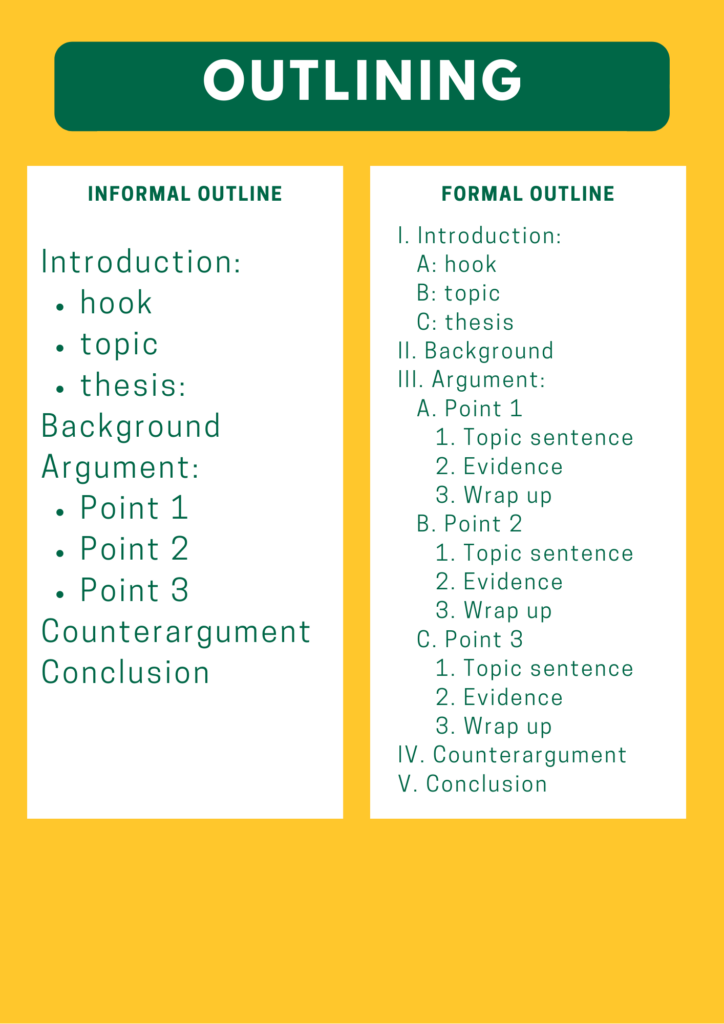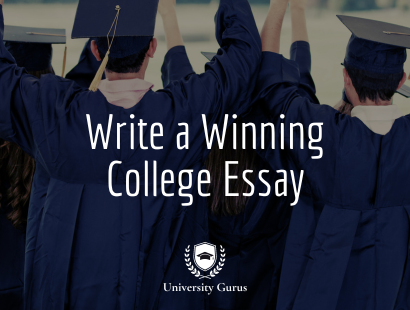(203) 714-4435
Writing an essay can be daunting, but with the right approach, it can be a rewarding experience. Whether you’re a student or a professional, there are certain steps you can take to ensure that your essay is well-written and effective. In this article, we’ll provide you with a step-by-step guide on how to write a winning essay. From getting your ideas organized to using specific examples, this guide will cover everything you need to know to write an essay that stands out.
Step 1: Get All Your Ingredients Out.

Subtitle for This Block
Text for This Bloc
Before you start writing, it’s important to gather all of the materials you need. This includes any research or notes you’ve taken, as well as the essay prompt or instructions. By having everything laid out in front of you, you’ll be able to organize your thoughts and ensure that you’re actually answering the prompt.
Step 2: Spend 15 Minutes Outlining.

Once you have your materials organized, spend 15 minutes outlining your essay. Start with a clear beginning, where you establish the setting and introduce your topic. Next, move on to the middle, where you explain your topic in greater detail and provide specific examples. Finally, end with a conclusion that ties everything together and leaves a lasting impression on the reader.
Step 3: Know Your Specific Themes and Ideas.
Each paragraph in your essay should focus on a specific theme or idea. Begin each paragraph with a clear topic sentence that lets the reader know what you’ll be discussing. Then, provide specific examples and details to support your ideas. By being clear and concise, you’ll make it easy for the reader to follow your argument.
Step 4: Show, Don’t Tell.
When writing an essay, it’s important to use specific examples to back up your points. By providing details and specifics, you’ll help the reader visualize your ideas and make your argument more convincing. Avoid vague language and instead use descriptive language that creates a visual image in the reader’s mind.
Step 5: Use Transitions to Guide the Reader.

As you move from one paragraph to the next, use transitions to guide the reader. A transition can be as simple as a single sentence that connects one idea to the next. By using transitions, you’ll make it easy for the reader to follow your argument and stay engaged with your essay.
Step 6: Beware of Passive Language.
Passive language can be a sign of weak writing and can make your essay less effective. Instead, use active language to make your writing stronger and more precise. Start your sentences with the actor and be clear about who is doing what. By using active language, you’ll make your writing more engaging and effective.

Step 7: End with Reflections and Insights.

As you conclude your essay, take the time to reflect on the ideas you’ve presented. Consider what you’ve learned and what insights you’ve gained through the writing process. By sharing your reflections with the reader, you’ll leave a lasting impression and make your essay more memorable.
Step 8: Use a Button Ending.

Finally, use a button ending to leave the reader with a memorable conclusion. A button ending can be a reference to a phrase or idea you mentioned at the beginning of your essay. By bringing everything full circle, you’ll leave the reader with a sense of closure and a clear understanding of your main ideas.
Conclusion:
Writing a great essay requires careful planning and attention to detail. By following these tips, you can ensure that your essay is well-organized, clearly written, and engaging for your readers. By following these steps, you can write a winning essay that engages the reader and effectively communicates your ideas. From getting organized to using specific examples, each step is designed to make your writing stronger and more effective. So go ahead and start writing your best essay yet!





